This new post by Smut Clyde is about Jasti Rao, a cancer researcher from hell. The description “researcher” is used here merely as a general job description, there is little evidence to assume that the former Illinois professor Rao ever performed any scientific research as such. His PubPeer record of data manipulation stands currently at mind-boggling 109 papers (here and here), but only 2 were retracted. Instead of becoming one of biggest research fraud scandals in USA, on a par with Theranos or at least Anversa, Rao’s case was hushed up and forgotten. It is namely too embarrassing, and too unsavoury.
What is well ascertained through court records though, is Rao’s gambling obsession, research misconduct, blackmail and bullying of lab members. Rao was paid by University of Illinois in Peoria $700k per year, he retired in 2013 on pretence of health reasons, but being a litigious abusive sociopath with a victim complex, Rao immediately sued everyone for discrimination, claiming that the misconduct investigation of his papers was illegal. The court files are public, and tell a story of monstrous personality who should never ever have been allowed anywhere near a university or a hospital:
“lab employees gave Dr. Rao cash payments to keep their jobs and immigration status, were forced to work seven days a week, and were asked to perform personal chores for Dr. Rao, including cooking, gardening, and serving tables.”
That being America, where research fraudsters and harassing bullies, home-bred and foreign, are given the highest-paid academic jobs so they can cheat their way to even more public, charity and industry grants, Rao made a stellar career and lots of money (which he mostly lost in a casino). The brain tumour “researcher” used to work in the clinic at MD Anderson in Texas, a place where research misconduct and retaliation against whistleblowers are apparently part of the business plan. We do not know why Rao felt like leaving MD Anderson and clinical research, but we do know that the University of Illinois in Peoria was more than happy to employ him as basic scientist. At least the patients were safe now, but not Rao’s Indian lab members whom he was free to abuse and blackmail, while threatening them with unemployment, career annihilation and visa withdrawal.
The recruiter was Donald Rager, then dean of the University of Illinois College of Medicine (UICOM), who supported Rao even after all the fraud, blackmail, bullying etc came out. Another very vocal recruitment lobbyist was the neurosurgeon Dzung Dinh, who then coauthored 70 fraudlent papers with Rao. Maybe this is the reason the University of Illinois decided against pursuing retractions?
This article by a so-called journalist “Frank Radosevich II” in a local newspaper visualises how screwed up US science is. Rao arrived to Peoria in 2000 and was immediately showered with money and acclaim:
“His lab, which has brought on 20 to 30 staffers, publishes about 10 to 20 papers a year, and Rao, now senior associate dean for research at the college, has secured seven RO1 grants — prestigious research grants doled out by the National Institutes of Health. Several million dollars in state funding also has been funneled to his research.
“In the world of brain tumors, everybody recognizes his name,” said Dr. Ian McCutcheon, a professor of neurosurgery at M.D. Anderson and a former colleague of Rao’s.”
Maybe Ian McCutcheon was being sarcastic, and the folks in Illinois missed it. Maybe he was really sad to see such a great colleague go. Indeed, what a role model for every lab grunt that Professor Rao is, as we learn from the intrepid journalist “Frank Radosevich II”:
“Part of Rao’s success comes from his tireless work ethic, which involves long days and occasional work on the weekends.
“I get up usually around 3 a.m. and go to bed around 10 p.m.,” Rao said. But instead of wearing him down, his schedule seems to empower him. “If I don’t enjoy it, I don’t work,” he said.”
That Rao enjoyed his long work days gambling, and in between terrorizing employees and fabricating data in Photoshop, that came out only later. He even enjoyed support in politics, from the Illinois state representative David Leitch, who called Rao a “superstar”:
“I tell him and laugh — but I’m not really joking — that I look forward to when he wins the Nobel Prize”
No Nobel Prize for ex-professor Rao, who disappeared without a trace. University of Illinois in Peoria can place its hopes onto Mark Holterman now. This Peoria professor, incidentally affiliated with the same Children’s Hospital of Illinois which Rao used to work at, is famous for a botched experimental surgery on a child which cost his hospital a record $30mn in compensation. And of course for the deadly plastic trachea transplant which Holterman performed in Illinois together with his business partner and surgeon colleague Paolo Macchiarini in 2012.
But now, Smut Clyde will try to guide you through the forest of Rao’s fabrications and litigations.

Beaker’s head blown off in a laboratory explosion
By Smut Clyde
“Spheroid Invasion Assay” is the name of my Tubeway Army tribute band. In cancer research, it involves the unlikely juxtapostion of a spheroid of vat-grown glioma cells and an aggregate of fetal rat neurons, colour-coded with fluorescent dyes and coming together in a little well of nutrient fluid beneath a confocal microscope so that the erosion of the tiny surrogate brain by the tiny surrogate tumour can be tracked over days. It quantifies how various intra-cellular signalling pathways modulate the invasiveness and metastatic potential of different tumour cell-lines (with implications for cancer treatment). Like the in-vitro Matrigel Invasion / Migration assays (or like in vivo nude-mouse xenografts), its relevance to human cancer is limited, but it does provide researchers with one more streetlight to look under in their search for the lost key, better-lit than the dark alleys where the key was lost.
So ‘Lotus Azoricus’ posted this in a PubPeer comment thread:
“Figure 4A shows “strawberry” ( tumor spheroids coculture) plots with panels that look very similar to panels from at least three other papers. The labels are different so it appears that some of these might represent different experiments.”
Here the coloured boxes pick out some of these growing cellular congeries repeating between papers while labelled as coming from different conditions. “Down-regulation of cathepsin B expression impairs the invasive and tumorigenic potential of human glioblastoma cells” (Mohanam et al. 2001a) [2]; “Stable transfection of urokinase-type plasminogen activator antisense construct modulates invasion of human glioblastoma cells” (Mohanam et al. 2001b) [3]; “Downregulation of MMP-9 in ERK-mutated stable transfectants inhibits glioma invasion in vitro” (Lakka et al. 2002a) [4]; “Adenovirus-mediated expression of antisense MMP-9 in glioma cells inhibits tumor growth and invasion” (Lakka et al. 2002b) [5].
Sometimes the strawberries recur within papers.
Sometimes they do not change at all in the course of 48 hours, except in the yellow war-zone of active erosion…

…Other times they flip through 180° between snapshots, like Beaker’s head blown off in a laboratory explosion and sent tumbling over and over along its trajectory, red Muppet hair trailing behind. Or wearing a Ducal cap like Federico da Montefeltro‘s in the Uffizi portrait.


The earlier ominous reference to Lotus Azoricus and “a PubPeer comment thread” should prepare the reader for another lengthy foray into the demi-monde of duplicated and manipulated images. This time the exploration must be even less representative and less comprehensive than usual, an exercise in cherry strawberry-picking as it were, for over one hundred Jasti S. Rao papers currently feature in the PubPeer archives.
Concerns voiced in these threads are not restricted to Beaker heads and somersaulting strawberries. Yes, there will be Western Blots. But first, from paper [7] which we just met, a map of Martian canals was recycled in paper [8], with image overlaps and fractal self-similarity and varying conditions.
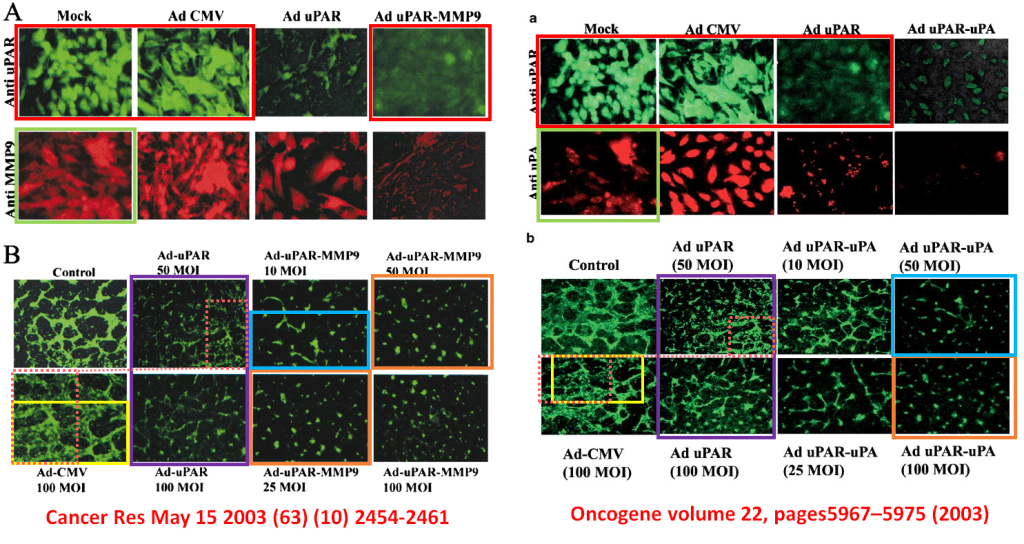
In fact this opens the door to an entire genre of Martian canal maps, drawing in [12] and (a few years later) “Sense p16 and antisense uPAR bicistronic construct inhibits angiogenesis and induces glioma cell death” (Nalabothula et al. 2007) [17].
Not to forget the unexpected links between [9] and [11]…
… and between [10] and “Inhibition of invasion, angiogenesis, tumor growth, and metastasis by adenovirus-mediated transfer of antisense uPAR and MMP-9 in non-small cell lung cancer cells” (Rao et al. 2005) [14]. In 2013 an Erratum was issued for [14], replacing images repurposed from earlier papers with more original ones, but evidently the authors stood by Fig 4A… including the evidence that its panels had been constructed from earlier results by selectively deleting surplus-to-requirement cells. Must credit Lotus Azoricus:
[17] also provided this helpful example of how to make a loading-control band go further, the Western-Blot equivalent of Hamburger Helper:
Some of these 100-odd papers might have been queried for minor or even misguided reasons – a possible plot splice, perhaps, or reuse of a tissue slide to illustrate two different condition – indicative of inattention or slipshod filing, and inviting a correction rather than a Retraction. But others are very wrong indeed, with every Figure as carefully curated as a stamp collection. This 2010 / 2012 discovery that breast tumours and brain tumours produce identical protein bands in Western blots really deserves a separate publication, rather than being split between two papers and obscured in the process:
And now this, from Rao vs Gondi at the United States District Court in Illinois:
“The Panel also noted that “figures were duplicated, several with manipulation, and one figure plagiarized, in what was perceived by the Investigation Panel members as attempts to render the figures unrecognizable, leads to the conclusion that the practice was prevalent in the lab group and may have existed as an organized and encouraged behavior.”
I am open to the possibility that these are the equivalents of the Meisterwerke of Renaissance craft guilds, created by laboratory apprentices to prove their mastery of Photoshop and their eligibility for full membership of the Research Guild.
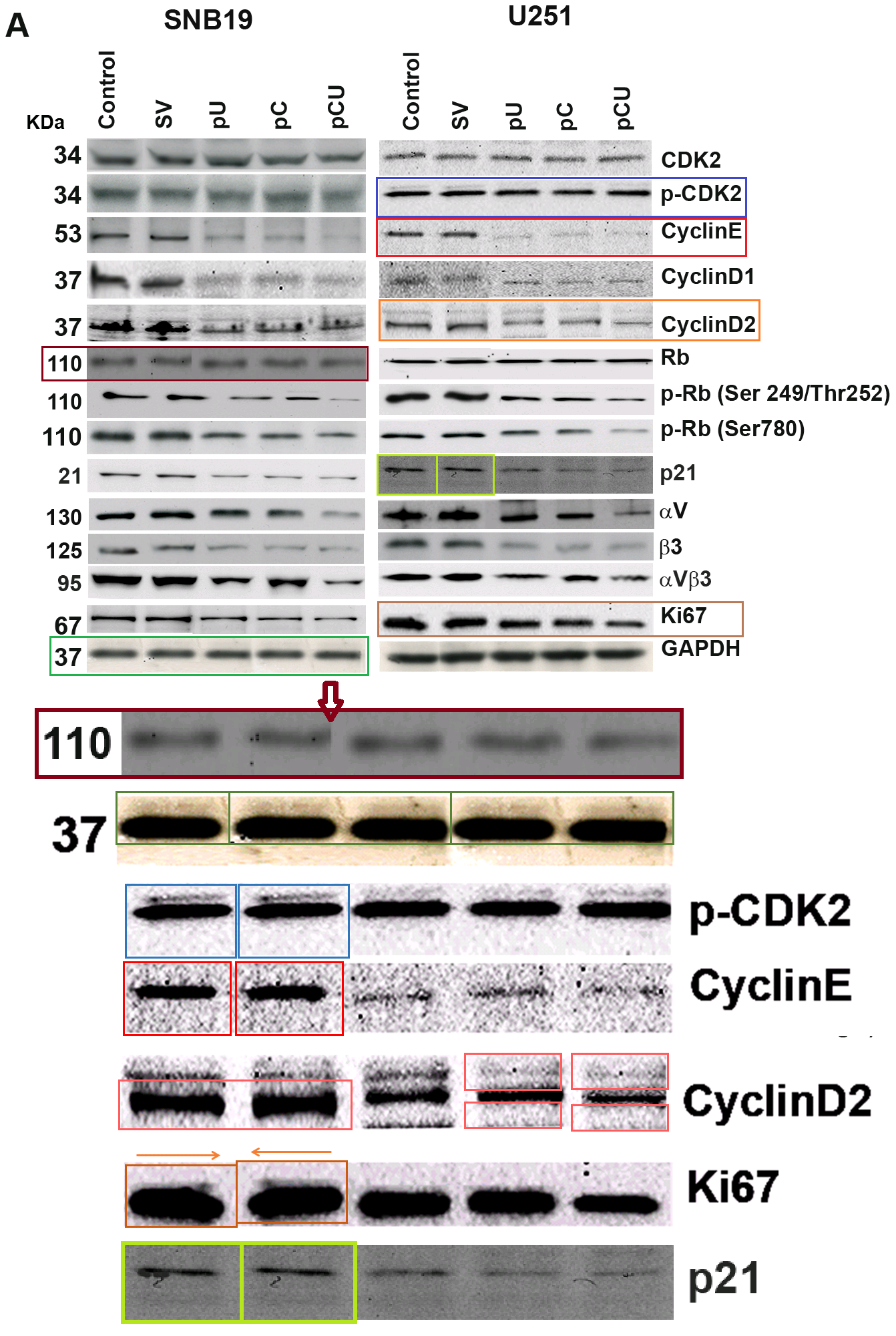
Of course I am limited to mentioning papers in which irregularities were found. But like the tip of an iceberg, if you see one in the restaurant then you know that the other 90% is in the kitchen (or something like that). To me it is not obvious how other people in the field, presented with a random Rao paper, can tell whether it was one in which the cellular-signalling Conclusions were based on the data, or vice versa. Given Rao’s status — he had become the nation’s best-funded researcher — this could be a problem for the US cancer-research establishment.
This from a local newspaper, back in 2014:
“Rao came to Peoria from the University of Texas’ Anderson Cancer Center in 2000 with a reputation as a superstar cancer researcher. By 2011, he had won almost $30 million in competitive research grants from the National Institute of Health during his career, more than any other brain researcher in the country. His $700,000 salary put him among the U of I system’s top 10 earners.
Over the decade, he was a driving force behind the construction of UICOMP’s $13 million Cancer Research Center, which opened in 2011.”
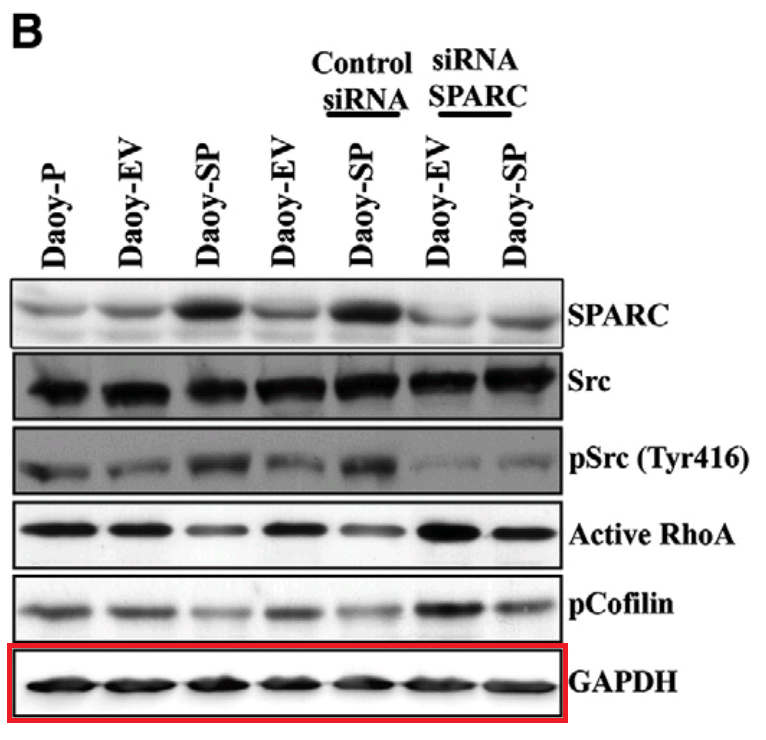
The whole Rao saga is crying out to be made into a book (or to minimise the litigation, a thinly-disguised novel). Let me leap ahead to the climactic scene of the story: the March 2013 meeting where the Administration of the U. Illinois College of Medicine in Peoria (UICoMP for short) invited Rao to retire ‘for health reasons’, in return for drawing a discrete veil over the whole sordid affair, with a few under-the-radar corrections and retractions but nothing to cause the wider community to doubt the rest of his oeuvre. This laissez-dormir attitude to sleeping dogs also strikes me as a problem for the research establishment.
In July 2012 an anonymous tip-off had reached the Department, urging a closer inspection of certain publications (“accusing Dr. Rao of a variety of malfeasance, including research misconduct and allegations that he accepted cash payments from his employees“). These were sufficiently convincing to inspire first an Internal inquiry, by a Dean’s Committee; then, as the circle of papers under the spotlight widened, an External inquiry (independent but still confidential): “the scope of the research integrity investigation was expanded from a review of five to eighteen papers“. Rao enlivened this process by launching retaliatory allegation against other College staff, denouncing their papers as just as tainted as his own. He denied any errors while offering to correct 2 4 9 papers.¹ And there was the detail of extortion from lab staff, to pay his gambling debts ($700,000/year does not go far when the Par-a-Dice Casino is involved, and there’s not much else to do in Peoria)… while warning those staff that their careers and US residency would suffer if they cooperated with the Inquiry, and ordering them to destroy data for the contentious papers.
How about this audio tape transcript, presented by university’s lawyer Kaye Scholer at Illinois district court:
RAO: I want let you guys know one thing, okay? If you guys scared and talk nonsense, it is not going to help anybody. Except one or two people don’t have a data duplication, okay? Everybody have somehow or other there is a duplication. Okay? I will show each individual where their overlaps are. And we find except one or two people. That’s it. (July 17, 2012) (Slide 4)
RAO: Minor mistakes I will definitely ignore, otherwise it is coming to almost thirty, forty papers. I can’t go that many papers. That way I can tell simply, “Those are minor, that’s why I ignored.” And as long as you guys also has to keep that secret. If that secret come out and your career done. I am telling you honestly. (July 17, 2012) (Slide 5)
RAO: If somebody think that the lab is going to be in trouble, and if they leave someplace and if they joined any place, they may not have a job there. I will immediately respond and send them, “These people did a scientific fraud that’s why they left the lab.” (July 17, 2012) (Slide 6)
RAO: I’m going to take care of it as long as you guys don’t talk nonsense. And then if you guys think that, and then “oh, I can go and get a job,” you’ll never get in scientific field a job. If you get a job, also, I promise God, your job is removed yesterday, because of the scientific fraud. I’m not that dumb, and I’m very capable to go any extreme. (July 17, 2012) (Slide 7)
RAO: When it came out, and I have to look everybody’s. That’s why few people are helping. And then also, then somebody find a mistake, don’t think they’re personally looking. I requested them. I don’t have time, that’s why they’re helping me to look. I really appreciate their time, and look very careful. (July 17, 2012)(Slide 8)
RAO: But I can’t go and show all the mistakes, all the small mistakes, I can’t do it. Only a few things then we can tell. Rest of the things we have to keep ourselves. That’s why I told whoever reviewed, and then I already told them to discard everything, and then computer also they then delete. And I already told them, they already did. (July 25, 2012)(Slide 9)
Here I am drawing on the Statement of Facts from the subsequent lawsuit, jumping off from the RetractionWatch report.
“Although Rao challenges the motivation of Gondi and the procedures employed by Kaye Scholer, what he fails to do is present any evidence that would allow a reasonable juror to conclude that professional errors in publications, pressuring employees for cash, or deleting evidence are actions demonstrating that one is fulfilling the legitimate job expectations of a Professor and Doctor in the University. Instead, there is ample evidence…”
Apparently “professional errors in publications, pressuring employees for cash, [and] deleting evidence” are NOT “actions demonstrating that one is fulfilling the legitimate job expectations of a Professor and Doctor in the University”. My entire career might have been different if someone had told me that earlier!
It seems somehow appropriate that the Par-a-Dice Hotel / Casino served as the venue for the inaugural 2012 Peorian of the Year Award, the honour falling to Jasti S. Rao for his services to data recycling.
Rao reconsidered the deal to retire without fuss and reneged on it in April 2013, suing UICoMP for constructive dismissal, thereby providing journalists with a treasure-trove of material in the Statement of Facts from the subsequent Judgment. Also suing his assistant and frequent co-author Dr Gondi because reasons. Despite two children being lawyers, he seems to have received really terrible legal advice. The Judgment in his 2018 Appeal is especially scathing.
“This is, however, as far as Rao gets. The bulk of the adverse decision – the district court’s long opinion of June 5, 2017, granting summary judgment to the defendants on almost all of Rao’s theories – gets less than four pages of attention in his appellate brief. Pare away the boilerplate (such as a recitation of the standard for granting summary judgment) and a recap of Rao’s claims, and less than two pages remains. Those two pages do not present either evidence or argument. Instead we have sentences such as: “First, Rao raised, in response to Defendants’ Motion for Summary Judgment, sufficient evidence to show that he was treated less favorably than others outside of his protected class who were not Indian”. That’s Rao’s bottom line, to be sure, but a brief must do more than state conclusions. What facts does Rao rely on for this proposition? He does not tell us. Rao has thus forfeited appellate review of the district court’s summary- judgment order.”
Publicity understandably focussed on the sensationalist picturesque details — the casino, the gambling debts, the extortion — leaving the impression that Rao only went off the rails at the end of his tenure at UICoMP (it helps that no list has been published of papers called into question during the widening gyres of inquiry). The College has not tried hard to dispel that impression. However, as we have seen, manipulated results from Rao’s laboratory were already routine a decade earlier.
As for the somersaulting strawberries, some of them were first published before Rao was lured to UICoMP.
…while the most recent was in 2006.
Rao had been headhunted from the Anderson Cancer Center in 2000 on the urging of then-Dean, Don Rager. Leonid’s readers may be familiar with other names from the Anderson Center, the Athens of the South. Rager went on to encourage Rao’s lawsuit in 2014, confident that when the facts came to light during Discovery they would vindicate his innocence. Now UICoMP is (I am advised) not a first-tier institution (Macchiarini’s associate Holterman washed up there with a part-time professorship after too many patient deaths made him unemployable elsewhere). The hope was, perhaps, that with his reputation for innovation and inspiration, Rao would raise their profile and attract the NIH megagrants. A $700,000 salary seems extravagant but then there’s this to put it into perspective:
“At the time of his resignation, Dr. Rao was one of the University’s five highest-paid employees, along with Dr. Dimitri Azar, Dean of the University’s College of Medicine, Dr. Joe Garcia, Vice President of Health Affairs for University, and the head coaches of the University’s football and men’s basketball teams.”
The decision to recruit Rao was not unanimous. It would be nice to hear more from Dr Philip Jobe, erstwhile Departmental Chair, who disagreed with the business case. Subsequently Jobe argued that the College’s failure to renew his position was retribution for that disagreement. According to the Summary Judgment in his lawsuit — I hope you are keeping all these court-cases clear in your mind — (a) there was no evidence that Jobe had been punished for voicing a minority opinion, and (b) even he had been, the College was entitled to punish him. Jobe had earlier taken the unpopular position that moneys promised for biomedical research should be spent on biomedical research rather than on administration and classrooms, so he is clearly not a team player.
And it would be wrong for this brief glimpse at the dramatis personae for my imagined book-length reportage to overlook Rao’s daughter, Sushma Jasti Smith. As well as being one of Rao’s legal advisers, she was protector of the family brand and her father’s spokeswoman for dealings with the press. She was active in Texas politics, and more relevantly she works as a writer and freelance science editor. I have no idea how many clients she has outside of the Peoria laboratory, but an Intertube search for “Sushma Jasti” + “manuscript review” was a convenient way of accessing Rao’s oeuvre systematically.
In other news, “Cleaved Caspase-3” is the name of my Spacemen-3 tribute band.
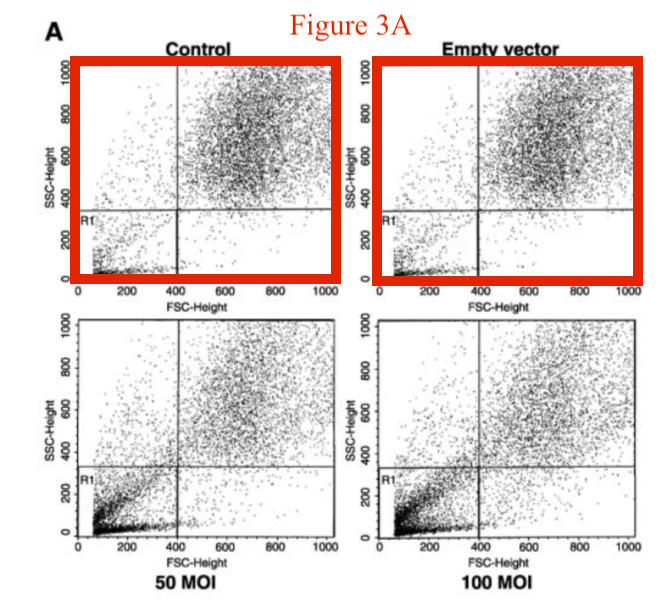
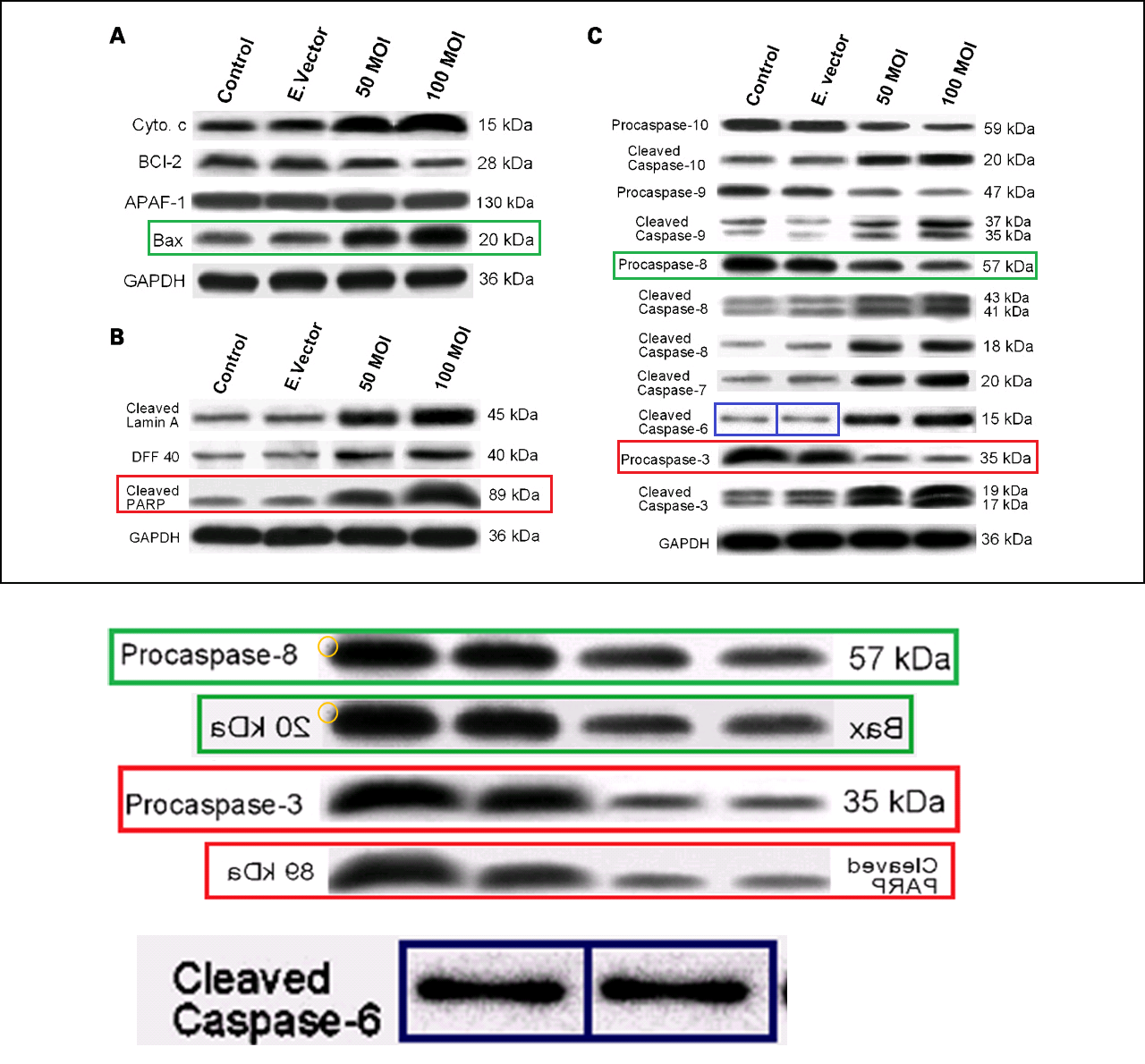
Indigofera Tanganyikensis‘ drew up “An overview of the affected journals (based on Pubpeer posts)”:
- International Journal of Oncology (Spandidos): 14 articles
- Oncogene (Nature Publishign Group): 11 articles
- PlosOne (PLOS): 8 articles
- Cancer Research (AACR): 5 articles (2 retractions)
- J Biol Chem (ASBMB): 4 articles
- Int J Cancer (Wiley): 2 articles
- Mol. Cancer Therapeutics (AACR): 2 articles
- Clinical Cancer Research (AACR): 2 articles
- Mol. Cancer Research (AACR): 2 articles
- Cellular Signaling (Elsevier): 2 articles

¹ Errata have so far appeared for two papers, [14] and “Downregulation of uPAR and cathepsin B induces apoptosis via regulation of Bcl-2 and Bax and inhibition of the PI3K/Akt pathway in gliomas” (Malla et al. 2010) [20]. These corrections were not exactly comprehensive.
SOURCES
- “Selective suppression of matrix metalloproteinase-9 in human glioblastoma cells by antisense gene transfer impairs glioblastoma cell invasion”, S Kondraganti , S Mohanam , S K Chintala , Y Kin , S L Jasti , C Nirmala , S S Lakka , Y Adachi , A P Kyritsis , F Ali-Osman , R Sawaya , G N Fuller , J S Rao (2000). Cancer Research [PubPeer].
- “Down-regulation of cathepsin B expression impairs the invasive and tumorigenic potential of human glioblastoma cells”, Sanjeeva Mohanam, Sushma L Jasti , Sudha R Kondraganti , Nirmala Chandrasekar , Sajani S Lakka, Yoshiaki Kin , Gregory N Fuller , Alfred WK Yung , Anthanassios P Kyritsis , Dzung H Dinh, William C Olivero, Meena Gujrati , Francis Ali-Osman , Jasti S Rao (2001a). Oncogene doi: 10.1038/sj.onc.1204480 [PubPeer].
- “Stable transfection of urokinase-type plasminogen activator antisense construct modulates invasion of human glioblastoma cells”, S Mohanam , S L Jasti , S R Kondraganti , N Chandrasekar , Y Kin , G N Fuller , S S Lakka , A P Kyritsis , D H Dinh , W C Olivero , M Gujrati , W K Yung , J S Rao (2001b). Clinical Cancer Research [PubPeer].
- “Downregulation of MMP-9 in ERK-mutated stable transfectants inhibits glioma invasion in vitro”, Sajani S Lakka , Sushma L Jasti , Christopher Gondi , Douglas Boyd , Nirmala Chandrasekar , Dzung H Dinh , William C Olivero , Meena Gujrati , Jasti S Rao (2002a). Oncogene, doi: 10.1038/sj.onc.1205646 [PubPeer].
- “Adenovirus-mediated expression of antisense MMP-9 in glioma cells inhibits tumor growth and invasion”, Sajani S Lakka , Mannari Rajan , Christopher Gondi , Niranjan Yanamandra , Nirmala Chandrasekar , Sushma L Jasti , Yoshiaki Adachi , Khawar Siddique , Meena Gujrati , William Olivero , Dzung H Dinh , Gregory Kouraklis , Athanassios P Kyritsis , Jasti S Rao (2002b). Oncogene doi: 10.1038/sj.onc.1205894 [PubPeer].
- “Suppression of glioma invasion and growth by adenovirus-mediated delivery of a bicistronic construct containing antisense uPAR and sense p16 gene sequences”, Yoshiaki Adachi , Nirmala Chandrasekar , Yoshiaki Kin , Sajani S Lakka , Sanjeeva Mohanam , Niranjan Yanamandra , Pamarthi M Mohan , Gregory N Fuller , Bingliang Fang , Juan Fueyo , Dzung H Dinh , William C Olivero , Takashi Tamiya , Takashi Ohmoto , Anthanassios P Kyritsis , Jasti S Rao (2002). Oncogene doi: 10.1038/sj.onc.1204999 [PubPeer].
- “Synergistic down-regulation of urokinase plasminogen activator receptor and matrix metalloproteinase-9 in SNB19 glioblastoma cells efficiently inhibits glioma cell invasion, angiogenesis, and tumor growth”, Sajani S Lakka , Christopher S Gondi , Niranjan Yanamandra , Dzung H Dinh , William C Olivero , Meena Gujrati , Jasti S Rao (2003). Cancer Research [PubPeer].
- “Expression of antisense uPAR and antisense uPA from a bicistronic adenoviral construct inhibits glioma cell invasion, tumor growth, and angiogenesis”, Christopher S Gondi , Sajani S Lakka , Niranjan Yanamandra , Khawar Siddique , Dzung H Dinh , William C Olivero , Meena Gujrati , Jasti S Rao (2003). Oncogene doi: 10.1038/sj.onc.1206535 [PubPeer].
- [“Inhibition of cathepsin B and MMP-9 gene expression in glioblastoma cell line via RNA interference reduces tumor cell invasion, tumor growth and angiogenesis”, Sajani S Lakka , Christopher S Gondi , Niranjan Yanamandra , William C Olivero , Dzung H Dinh , Meena Gujrati , Jasti S Rao (2004). Oncogene doi: 10.1038/sj.onc.1207616 [PubPeer].
- “RNAi-mediated inhibition of cathepsin B and uPAR leads to decreased cell invasion, angiogenesis and tumor growth in gliomas”, Christopher S Gondi , Sajani S Lakka , Dzung H Dinh , William C Olivero , Meena Gujrati , Jasti S Rao (2004a). Oncogene doi: 10.1038/sj.onc.1207879 [PubPeer].
- “Downregulation of uPA, uPAR and MMP-9 using small, interfering, hairpin RNA (siRNA) inhibits glioma cell invasion, angiogenesis and tumor growth”, CHRISTOPHER S. GONDI , SAJANI S. LAKKA , DZUNG H. DINH, WILLIAM C. OLIVERO , MEENA GUJRATI , JASTI S. RAO (2004b). Neuron Glia Biology doi: 10.1017/s1740925x04000237 [PubPeer].
- “Adenovirus-mediated expression of antisense urokinase plasminogen activator receptor and antisense cathepsin B inhibits tumor growth, invasion, and angiogenesis in gliomas”, Christopher S. Gondi , Sajani S. Lakka , Niranjan Yanamandra , William C. Olivero , Dzung H. Dinh , Meena Gujrati , C. H. Tung , Ralph Weissleder , Jasti S. Rao (2004c). Cancer Research doi: 10.1158/0008-5472.can-04-1243 [PubPeer].
- “Specific interference of urokinase-type plasminogen activator receptor and matrix metalloproteinase-9 gene expression induced by double-stranded RNA results in decreased invasion, tumor growth, and angiogenesis in gliomas”, Sajani S. Lakka , Christopher S. Gondi , Dzung H. Dinh , William C. Olivero , Meena Gujrati , Velidi H. Rao , Chrissa Sioka , Jasti S. Rao (2005). Journal of Biological Chemistry doi: 10.1074/jbc.m408520200 [PubPeer].
- “Inhibition of invasion, angiogenesis, tumor growth, and metastasis by adenovirus-mediated transfer of antisense uPAR and MMP-9 in non-small cell lung cancer cells”, Jasti S Rao , Christopher Gondi , Chandramu Chetty , Subramanyam Chittivelu , Pushpa A Joseph , Sajani S Lakka (2005). Molecular Cancer Therapeutics doi: 10.1158/1535-7163.mct-05-0082 [PubPeer]. *
- “RNAi-mediated downregulation of urokinase plasminogen activator and its receptor in human meningioma cells inhibits tumor invasion and growth”, Shakuntala Kondraganti , Christopher S Gondi , Ian McCutcheon , Dzung H Dinh , Meena Gujrati , Jasti S Rao , William C Olivero (2006). International Journal of Oncology [PubPeer].
- “Restoration of tissue factor pathway inhibitor-2 in a human glioblastoma cell line triggers caspase-mediated pathway and apoptosis”, Joseph George , Christopher S Gondi, Dzung H Dinh, Meena Gujrati , Jasti S Rao (2007). Clinical Cancer Research doi: 10.1158/1078-0432.ccr-06-3023 [PubPeer].
- “Sense p16 and antisense uPAR bicistronic construct inhibits angiogenesis and induces glioma cell death”, Narasimharao Nalabothula , Sajani S Lakka , Dzung H Dinh , Meena Gujrati , William C Olivero , Jasti S Rao (2007). International Journal of Oncology doi: 10.3892/ijo.30.3.669 [PubPeer].
- “Human umbilical cord blood derived stem cells repair doxorubicin-induced pathological cardiac hypertrophy in mice”, Sreelatha Gopinath , Sravan K. Vanamala , Christropher S. Gondi , Jasti S. Rao (2010a) Biochemical and Biophysical Research Communications doi: 10.1016/j.bbrc.2010.04.021 [PubPeer].
- “Co-Depletion of Cathepsin B and uPAR Induces G0/G1 Arrest in Glioma via FOXO3a Mediated p27Kip1 Upregulation”, Sreelatha Gopinath , Rama Rao Malla , Christopher S. Gondi, Kiranmai Alapati , Daniel Fassett , Jeffrey D. Klopfenstein , Dzung H. Dinh, Meena Gujrati , Jasti S. Rao (2010b). PLoS ONE doi: 10.1371/journal.pone.0011668 [PubPeer].
- “Downregulation of uPAR and cathepsin B induces apoptosis via regulation of Bcl-2 and Bax and inhibition of the PI3K/Akt pathway in gliomas”, Ramarao Malla , Sreelatha Gopinath , Kiranmai Alapati , Christopher S. Gondi , Meena Gujrati , Dzung H. Dinh , Sanjeeva Mohanam author has email , Jasti S. Rao (2010). PLoS ONE doi: 10.1371/journal.pone.0013731 [PubPeer].*
- “Localization of uPAR and MMP-9 in lipid rafts is critical for migration, invasion and angiogenesis in human breast cancer cells”, Hari Raghu , Prasanna Kumar Sodadasu , Rama Rao Malla , Christopher S Gondi , Norman Estes , Jasti S Rao (2010). BMC Cancer doi: 10.1186/1471-2407-10-647 [PubPeer].
- “SPARC stimulates neuronal differentiation of medulloblastoma cells via the Notch1/STAT3 pathway”, Praveen Bhoopathi , Chandramu Chetty , Ranadheer Dontula , Meena Gujrati , Dzung H Dinh , Jasti S Rao , Sajani S Lakka (2011a) Cancer Research doi: 10.1158/0008-5472.can-10-3395 [PubPeer].
- “SPARC mediates Src-induced disruption of actin cytoskeleton via inactivation of small GTPases Rho–Rac–Cdc42”, Praveen Bhoopathi , Christopher S. Gondi , Meena Gujrati , Dzung H. Dinh , Sajani S. Lakka (2011b). No Rao. Cellular Signalling doi: 10.1016/j.cellsig.2011.07.008 [PubPeer].
- “uPA and uPAR shRNA inhibit angiogenesis via enhanced secretion of SVEGFR1 independent of GM-CSF but dependent on TIMP-1 in endothelial and glioblastoma cells”, Hari Raghu , Arun Kumar Nalla , Christopher S. Gondi , Meena Gujrati , Dzunh H. Dinh , Jasti S. Rao (2012). Molecular Oncology doi: 10.1016/j.molonc.2011.11.008 [PubPeer].

Donate!
If you are interested to support my work, you can leave here a small tip of $5. Or several of small tips, just increase the amount as you like (2x=€10; 5x=€25). Your generous patronage of my journalism, however small it appears to you, will greatly help me with my legal costs.
€5.00
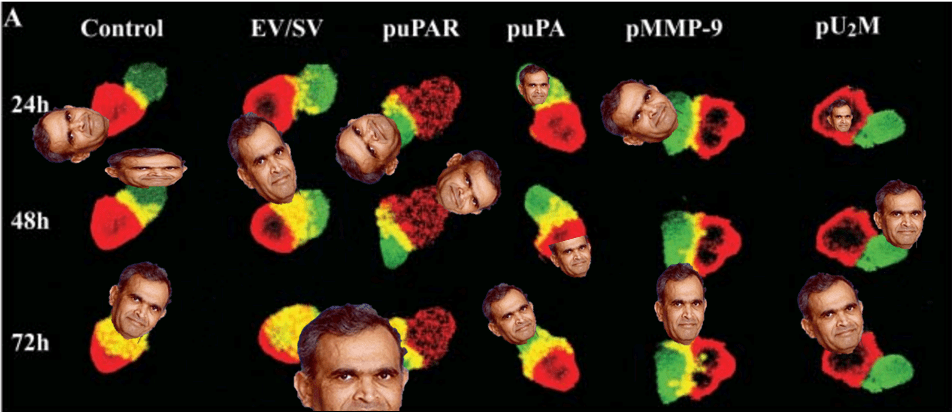
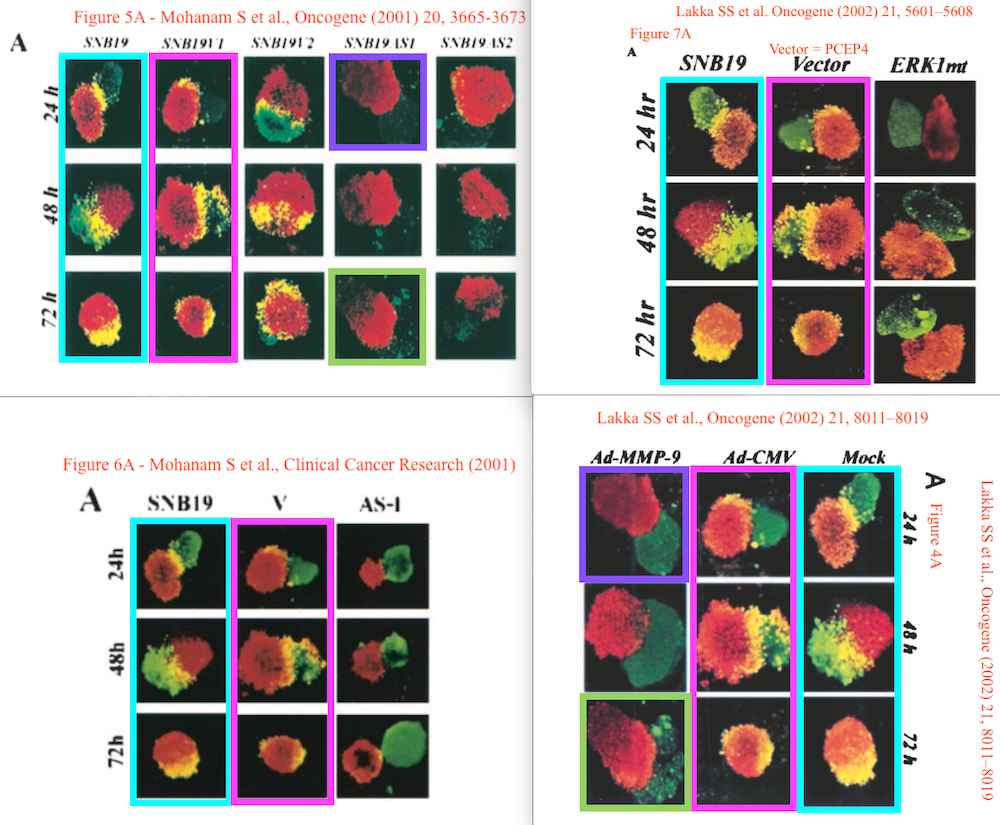
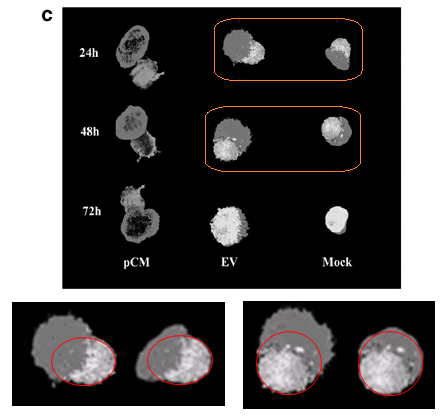

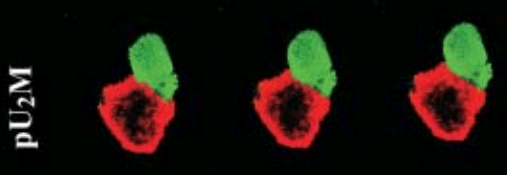

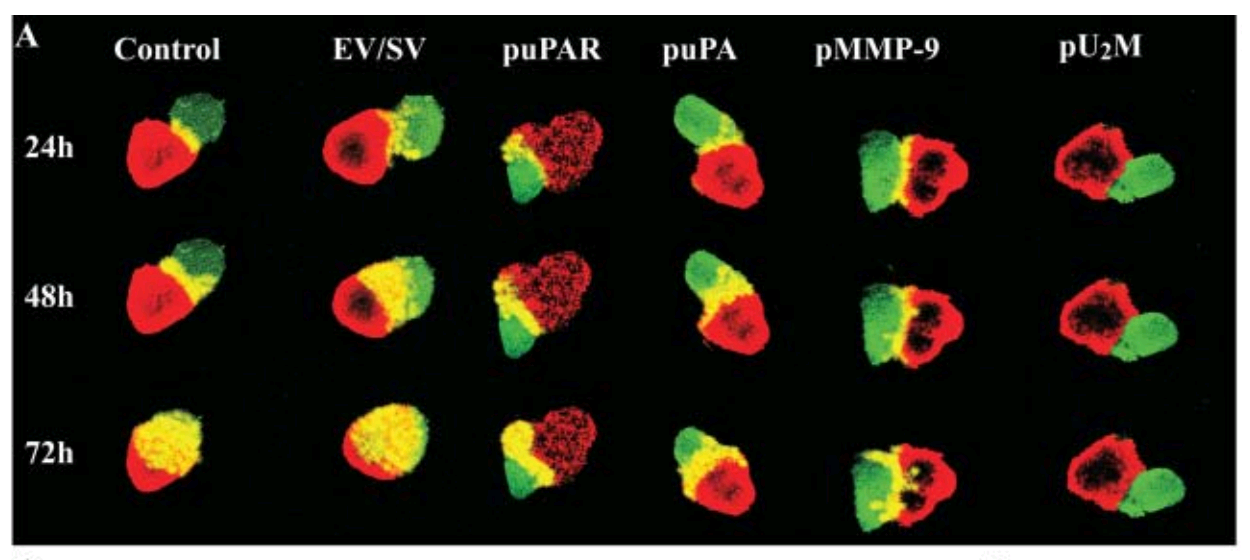
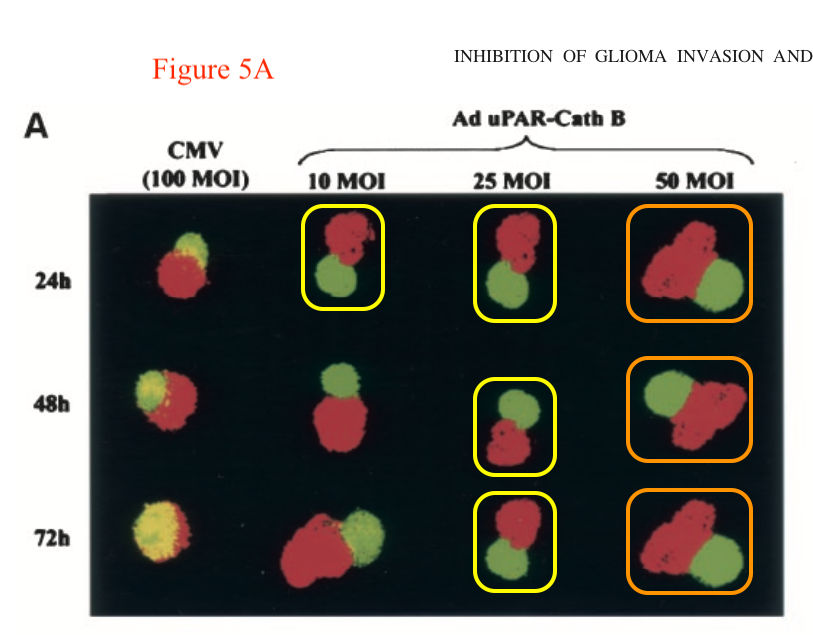




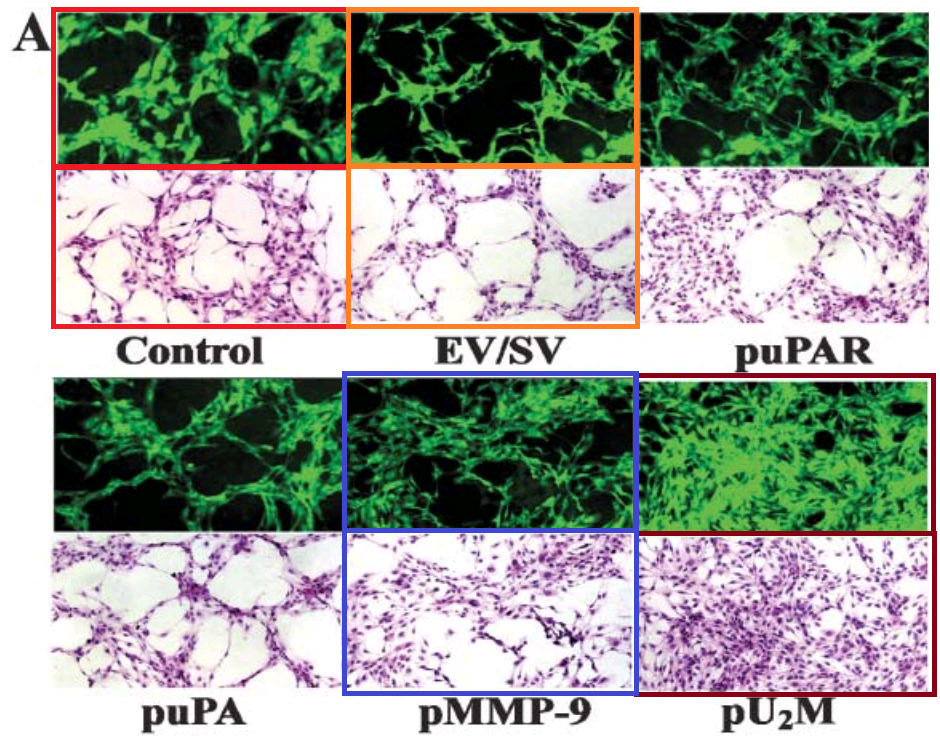
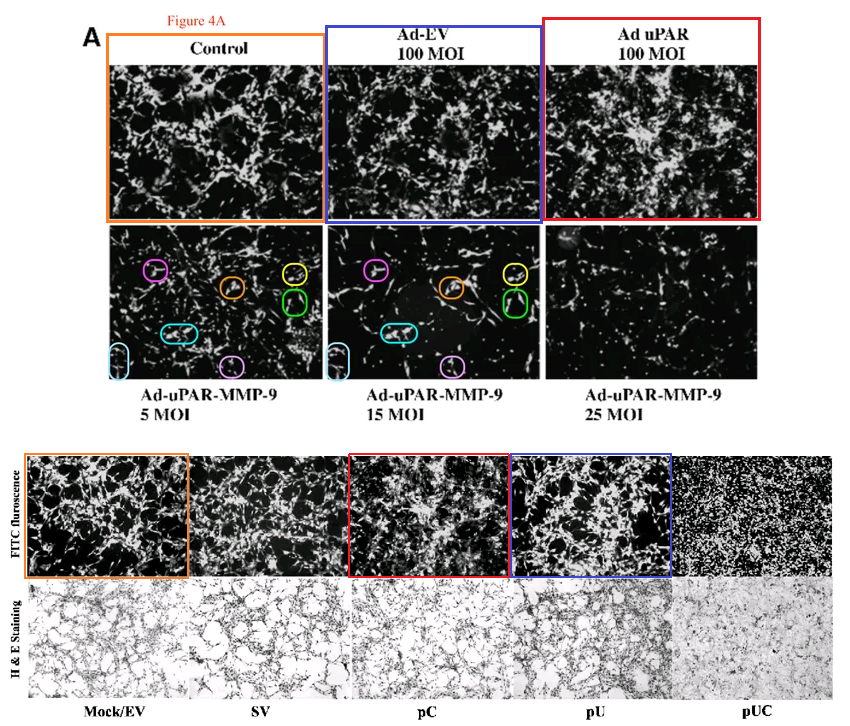

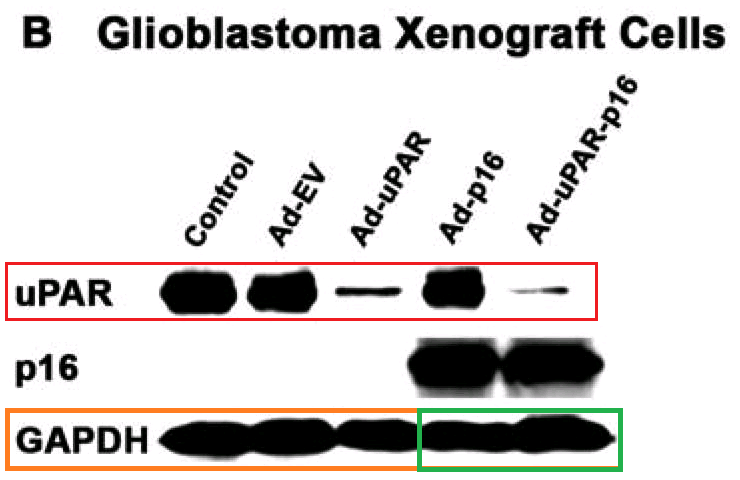
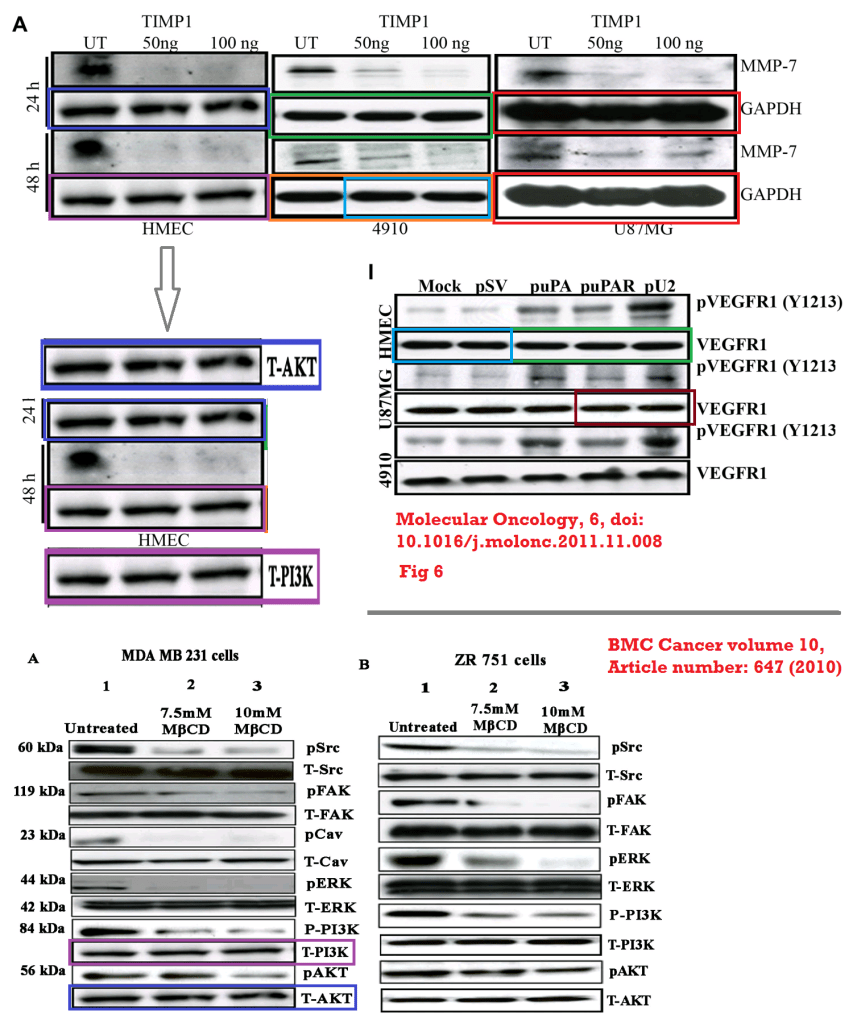
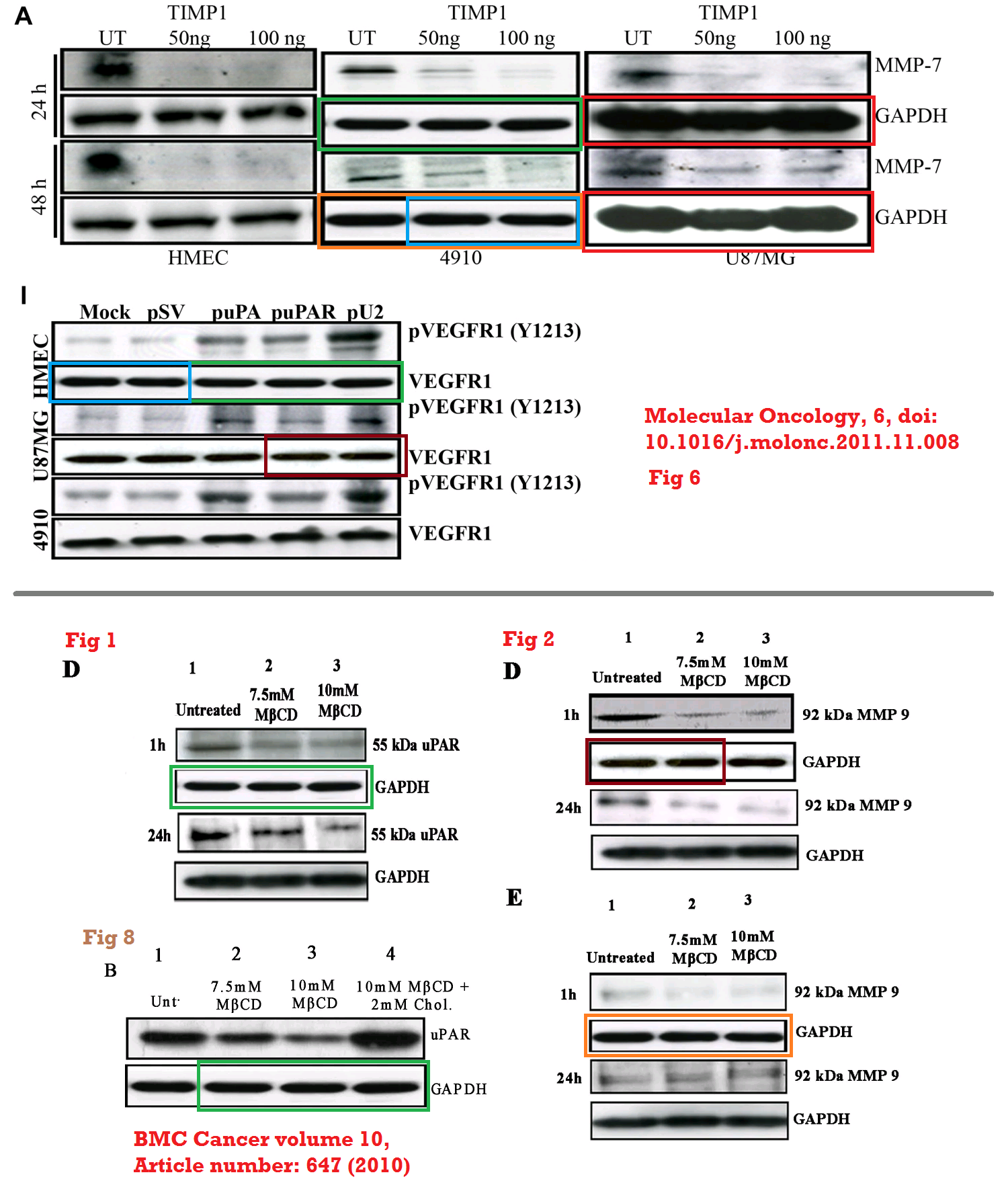
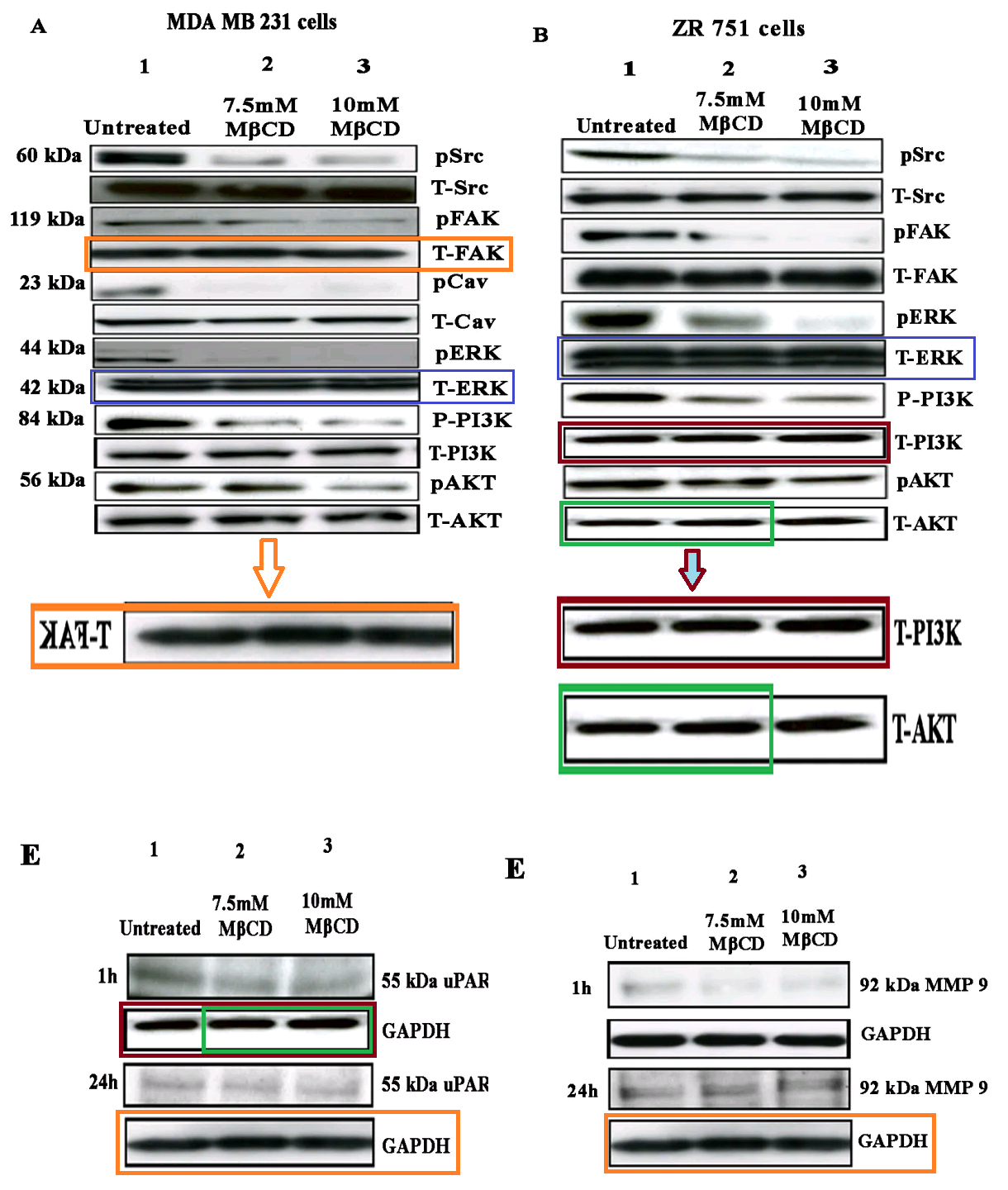
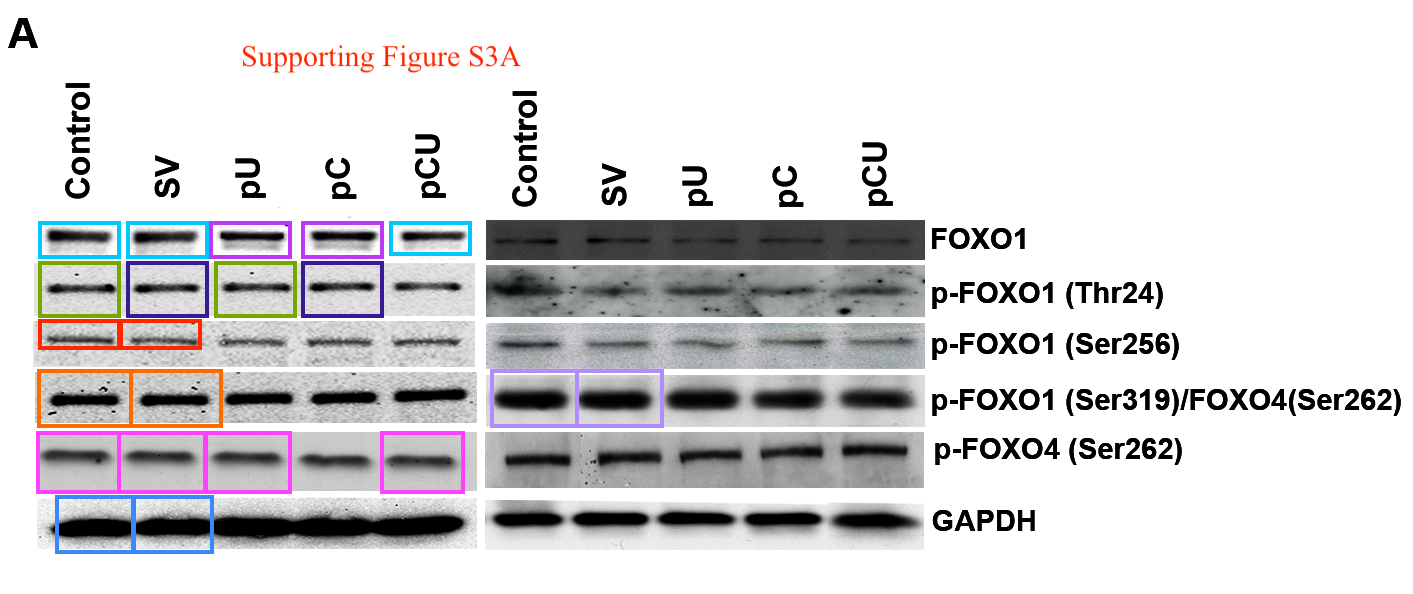
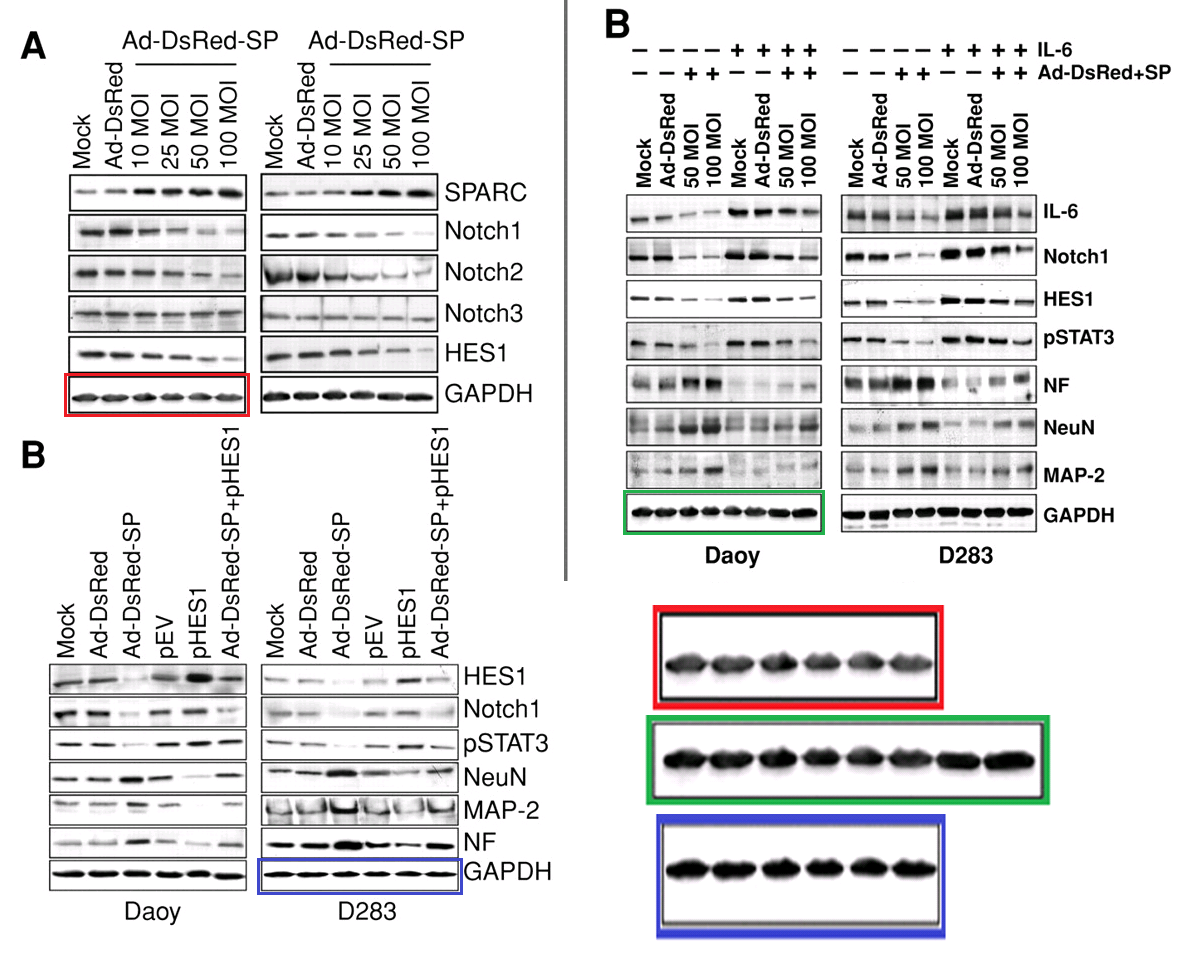
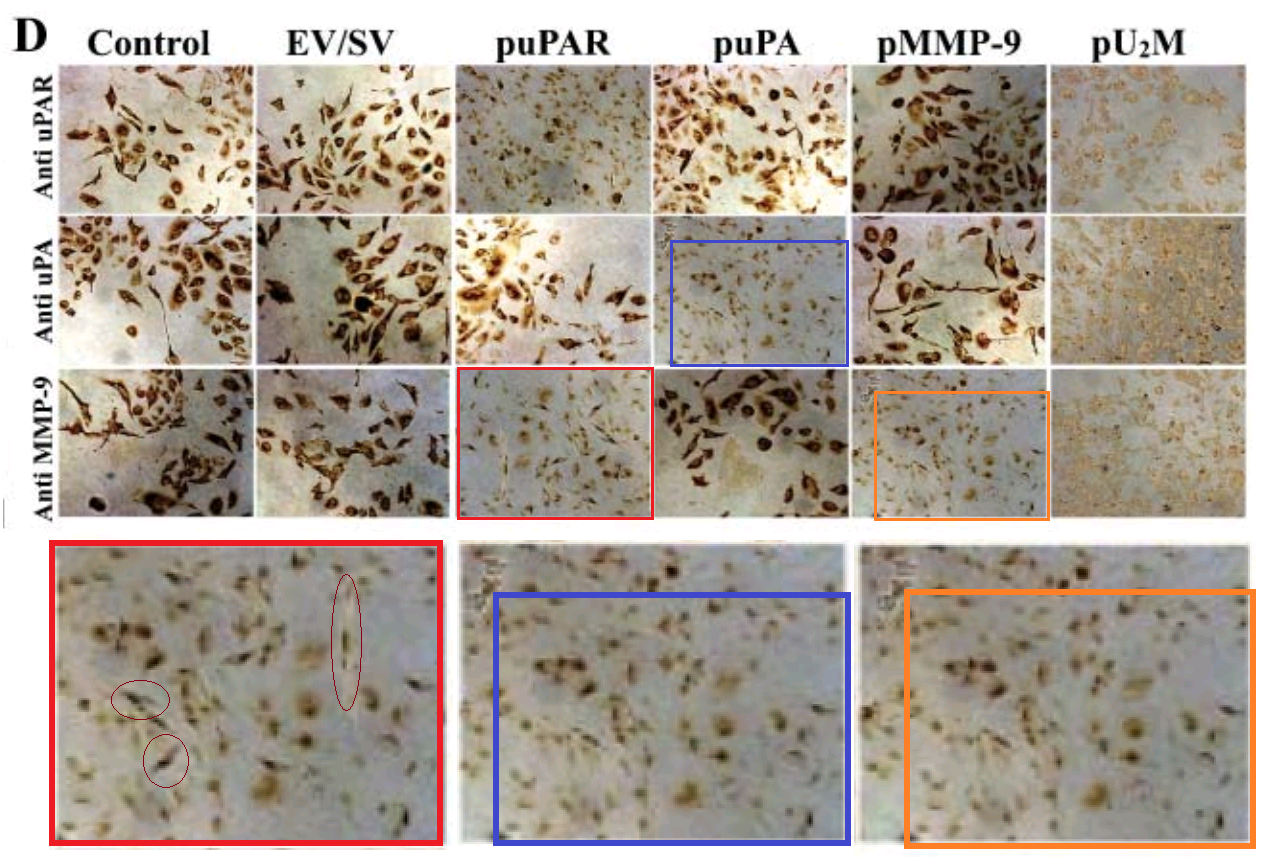




…and the authors associated often move on to a decent job.
https://cancer.uillinois.edu/member/christopher-gondi/
But its OK….science is a “business”, right?
LikeLike
Rao was not even an author on all the faked papers emanating from his laboratory. For instance, Ref 23 above, “SPARC mediates Src-induced disruption of actin cytoskeleton via inactivation of small GTPases Rho–Rac–Cdc42”
https://pubpeer.com/publications/F5EE2AA72B5F22EAD0623398DE3E10
– was purely the work of his staff (Gondi, Lakka and a few other frequent collaborators) showing how well they could follow the laboratory culture. “..[T]he practice was prevalent in the lab group and may have existed as an organized and encouraged behavior”
There are other examples, not included in my Rao-centric list.
LikeLike
One point that shines through the court decision is that the UICoMP investigators were leaning over backwards not to blame Rao for any specific fabrication (though he had responsibility as the head of the team and the usual chief author). Of course they were litigation-proofing themselves, but it’s pretty clear that everyone was in on it.
LikeLike
A very nice example of how bad it is in US research centers. I am sure there are many more similar examples.
It is not surprising that it is almost impossible to get your manuscripts accepted, when the elite journals are filled with sexy data by people like Mr. Rao.
So far two journals (Cancer Research and PlosOne) from the list of most affected journals have replied and confirmed that they will look into the case. Let us remind them next year!
LikeLike
The Rao story is a microcosm of everything that’s wrong with the US research environment…or an exaggeration, if you like, particularly exaggerating the phenomenon of an academic “Precariat” at the bottom of the research food-chain. Here they were even more precarious than usual, because Rao filled his laboratory entirely with staff from India. Maybe they were cheaper; maybe it was because he could threaten to revoke their residency and send them home if they didn’t pay their salary back to him and work as slaves in his home and fake results for him.
Anyway, no-one thought this was strange or wondered “Are there no US post-grads capable of doing the work?”, as long as the NIH grants kept rolling into the local economy.
LikeLike
I really think this is similar to a case where two faculty from born and raised in China at the university of Kentucky were recently fired for fraud, that was occurring over the course of 10 years and affecting at least 20 papers, and about 5 million dollars of salary for the faculty in those 10 years, and 10’s of millions in grant money. Most of the lab was filled with Chinese, Korean, or Indian nationals, I presume on Visa’s.
Today I was in a lab meeting with my advisor, and it can be a pretty hot debate with him (I am from CA, he is from OK, USA). I think it may, again,be partly culture; I debate my advisor for the sake of honesty and transparency. It can be unpleasant, but I do it for these two reasons…its what scientists should do, IMO, to get to the truth. In these labs, debate may be unacceptable. You just listen to what the advisor wants and you give it to him, even if you have to make stuff up, so science is sacrificed because these other cultures cannot accept debate. Just my opinion.
LikeLike
Agree with NMH. Not just PIs with Indian origin do that, those from China do it too. Do you guys know what the nickname is for University of Illinois at Chicago (UIC)? University of Indians and Chinese. Kinda offensive but it is true that Indian and Chinese PIs tend to make their labs all staffed with their own people
LikeLike
I was told not to pick a lab (for PhD) that was full of people with the same ethnic background as the PI…initially I thought that was a bit weird advice as I thought if the PI was of similar background then certainly they would understand the difficulty of moving to a new country and would offer a bit more help or be more compassionate to their own fellow countrymen/women. I ended up picking a lab (that I liked scientifically) and the staff was more or less a very good mix of different background. After a while I started to hear stories about people getting abused (economically, emotionally) because the PI knew exactly what their vulnerabilities are and pushed all the ‘right’ buttons…some of them had to get a secret part time job (pizza delivery, restaurants..) after a long day of bench work just to make ends meet……”it is not that bad really, and only for a few years anyway, and what if I get a chance to land a C/N/S paper…” Sounds like what a 19th century miner from Canton in California would say…
Maybe things are a bit better in Europe compared to America in terms of this kind of modern slavery?
LikeLike
Hi Smut Clyde
If this guy got federal grant money, how is the ORI not hot on his ass already?
Oh and btw. the Feds might look into this also, False Claims Act and such.
Cheers, oliver
LikeLike
If the university integrity office didn’t report to ORI, ORI has no way to know. We should really make the case known to as many people as possible, hopefully making ORI aware of it. UIC has another case that really made NIH furious that the university was ruled to pay back the money funded from NIH.
LikeLike
I feel sad about having to leave out so many papers for fear of breaking Leonid’s site.
“siRNA-mediated simultaneous downregulation of uPA and its receptor inhibits angiogenesis and invasiveness triggering apoptosis in breast cancer cells” (Subramanian &c, 2006): https://pubpeer.com/publications/2537FFABA5F7C5D9A8FF16ED6FB5EC
LikeLike
Reply to NMH
October 21, 2019
“Most of the lab was filled with Chinese, Korean, or Indian nationals, I presume on Visa’s.”
https://retractionwatch.com/2019/07/08/georgia-state-researcher-has-two-papers-retracted-eight-flagged-hes-not-happy-about-it/
Five 2019 retractions, see comments section above
and here https://www.ncbi.nlm.nih.gov/pubmed/?term=zou+mh+retracted
Instead of lab filled with one group, institute filled with one group.
https://medicine.gsu.edu/director/
Institute members
https://medicine.gsu.edu/members/
10 out of 11 seem to be Chinese, only Imoh Okon is not Chinese.
https://medicine.gsu.edu/profile/imoh-okon/
That’s not diversity.
LikeLike
At the University of Kentucky, the two faculty were a part of the Dept of Toxicology, where one of the faculty that committed the fraud was formerly a dean:
https://toxicology.med.uky.edu/tox-faculty-0
Not a lot of diversity here either.
LikeLike
Where are any Afro-Americans? The civil rights movement was supposed to be for civil justice, which includes employment for black people, not foreign professors who happen not to be European.
LikeLike
Again, I think there may be cultural issues at play. I have always stood up to my advisors when I thought I had to to make sure what I was presenting was the truth. This may be difficult for individuals from other cultures to do.
I recall when I did my post-doc in a different university, and I stood up to my advisor in a lab meeting. One of the native-Chinese post-docs (I was in a lab with mostly Chinese grad students and post docs) said to me “this is good for the Chinese to see.”
LikeLike
Did some search on Whitepages and Zillow. Looks like this Justi Rao still owns (probably also lives there) his 5000 sq ft 7-bedroom 7-bath 3-parking mansion in Peoria, although he tried a couple of times selling it for ~ $1Million without success.
If so, Rao may still work in the area of Peoria, or owns his own business. Otherwise, kinda big expense for this house. Curious who issues him paychecks? Does his current employer know all about his frauds?
LikeLike
It is not quite doxxing, but still, perhaps it’s not a good idea to post stuff like this even though it is public information. I appreciate that your goal may be to comment on ill-gotten gains, but that house may be home to completely innocent parties. How about we keep posts and comments here purely about science and scientific fallout?
LikeLike
No address is posted here, although yes, Rao’s children might be living in same mansion. “Innocent parties” they are not, they helped papa sue his whistleblowers and critics.
LikeLike
But, but … what about the dogs and kittens? Grandchildren, perhaps?
Anyway, jokes apart, I prefer that the conversation stay focused on science, data, trials stemming from bad data, grants fraud, shady companies based on shadier data, photoshop-enhanced career advancement, or profits ill-earned. Even mentioning that someone lives in this or that town with address locatable in such and such a way, I find distasteful. To each his own.
LikeLiked by 1 person
On the other hand, hearing how a corrupt “professor” is living “high on the hog” can create righteous indignation, and maybe affect change. The operative word is “maybe”. As a permadoc, I can only say that hearing how well a corrupt (fraud) or lazy (deadwood) prof is living arouses righteous indignation, and strongly tells me that changes needed to be made. Unfortunately, nobody will listen to me. Its unfortunate that people most likely to change the system to improve probably won’t do so, because they like the system just as it is. If you are living in a mansion and drive a Mercedes SUV ( as one of the U of KY professors busted for fraud did), why change it?
LikeLike
Mind blowing. People actually die from cancer. Every fraud in this branch is missed chance to save life of somebody.
LikeLike
More out-takes: “Down-regulation of uPAR and uPA activates caspase-mediated apoptosis and inhibits the PI3K/AKT pathway” (Gondi &c, 2007): https://pubpeer.com/publications/DAB61EB45FB50E62DBEB4C9E1AE41F
and “Simultaneous downregulation of uPAR and MMP-9 induces overexpression of the FADD-associated protein RIP and activates caspase 9-mediated apoptosis in gliomas” (Gondi &c, 2008): https://pubpeer.com/publications/AF294912D8E368C1D2707FB87794C7
LikeLike
Smut Clyde,
Your analysis and exposure of Jasti Rao’s publications are very impressive and also funny.
It is astounding that the neither university of Illinois, nor the journal editors or even the reviewers of Jasti Rao’s manuscripts noticed anything the matter by themselves, or if they did it is not apparent in the scientific record. It is disturbing that things did not go well for Dr Philip Jobe, who opposed Rao’s appointment.
LikeLike
The credit belongs to the anonymous contributors to Pubpeer, whose work I am strip-mining.
But as you say, none of this reflects well on the journal editors and reviewers (looking at you, Oncogene!) who were seeing the same Figures in paper after paper and rubber-stamping them all.
LikeLike
Repy to Smut Clyde
October 22, 2019
“But as you say, none of this reflects well on the journal editors and reviewers (looking at you, Oncogene!)”
https://forbetterscience.com/2017/11/02/oncogene-eic-justin-stebbing-a-hypocrite-of-research-integrity/
LikeLike
Pingback: Ipotesi cercansi - Ocasapiens - Blog - Repubblica.it
I had not known of this guy until now. “Abusive sociopath” is a kind term – this is flat out insane! How was he able to carry on with this charade for so long? Boggles the mind.
LikeLike
Reply to PPD: “Maybe things are a bit better in Europe compared to America in terms of this kind of modern slavery?”
It is different, in my opinion. It is a cheap solution to fill up a lab with people from developing countries. The reason is that they usually come to Europe with a scholarship which is paid by their home countries. They cost zero for the lab. I know labs where 100% of the fellows are from India-Pakistan. It is up to your judgment what level of transparency and research quality can be expected.
LikeLike
That’s not diversity at all–it is just exploiting the system–at least I hope the scholarship is enough to provide shelter/food/clothing without a part time job…I doubt the lab will top up their salaries to the same level as others though. I have heard some labs (at least in N America) do not have postdocs–they are actually all ‘visiting scientists/scholars’ as the paid is much lower or close to zero…I was surprised the HR at the uni finds this acceptable.
Also it is scary to think that the department that consists of PIs with one single background as mentioned in other replies–maybe I am pessimistic but these PIs could be the ‘lucky’ ones that somehow survived through this horrible system and they all now know how to play the game. No point for a poor junior staff to ask another PI for confidential advice/help…
LikeLike
PPD: I agree, it is nothing to do with diversity. It is just keeping alive cheap labs, without any scientific output. The money what these student get is a magnitude higher than the salary they would get in their home countries. Their only motivation is money. And yes, they do everything for money. Moreover, their academic background is poor, when we compare it to an Europe-born/trained fellow. They can be trained for pipetting, but that is all. Right now the running system favors this situation. The students from developing countries should be handled with care. Practically, one cannot sack suck a student once is taken to the lab, otherwise the social justice advocates step in and play the minority card / diversity card / care the poor card. And since these students understand very well the system, they may just work a few years in one lab, graduate, and apply to another turn of fellowship and start over a new scholarship. As it has been pointed out by previous posts of Leonid, there are known examples when fellows from India and Pakistan use multiple professional names along their career. We waste resources for students who just want money from the academics, and they will never grow into mature scientists, and will do nothing for advancing science in Europe. Those who would cost a lot for the lab (European-born and trained, hence “wealthy” students) will not get chance to enter a doctoral program, and will turn to a different career.
LikeLike
Hi PPD – I’m looking into how researchers end up getting involved with fraud for an upcoming project. Would you be willing to answer a few questions via email?
LikeLike
LikeLiked by 1 person
There is a little bit of a silver lining here….all of the free equipment available to other labs when Rao’s lab was shuttered. I just got a -80 freezer ( a $10 K USD value) for free when someone’s nearby lab was shuttered for fraud.
So, Ive learned, never buy a -80 freezer. Given long enough, either PI’s 1.) move, 2.) retire, or 3.) are busted for fraud (after getting millions in salary, of course!). Its the american way…..
LikeLike
Hi NMH – I’m looking into how researchers end up getting involved with fraud for an upcoming project. Would you be willing to answer a few questions via email? Best wishes, A.H.
LikeLike
NIH should send abusers like jasti rao to federal prison for embezzlement and recover grant money from their assets. Another in this cateogry
https://www.seattletimes.com/seattle-news/education/uw-researcher-michael-katze-fired-after-sexual-harassment-investigation/
LikeLike
This article (link below) is worth a read. The advisor was born and raised in a different culture that doesn’t show a lot of respect toward human rights (at least compared to western cultures), and one of his grad students committed suicide. Think there is any pressure there to fabricate results?
From the article :” Sayeed (the faculty advisor) grew up in a militaristic environment in Pakistan and said he replicated many of the behaviors his father used on him, which led to anger problems he has been seeking to address through counseling since 2013″.
https://madison.com/wsj/news/local/education/university/toxic-lab-lasted-for-years-uw-madison-had-little-idea/article_199b0616-a558-5da5-b214-4896154ceecc.html
LikeLike
You really believe what Sayeed is saying as part of his anger management course that would get him out of this trouble? I also come from a crappy country where my father used to hit me and swore and screamed at me starting from a young age, but it doesn’t mean I do that to my trainees. And I still obviously talk to my father and love him, and wouldn’t throw him under the bus for my own sake so I could keep a cushy job. This guy is just a piece of work.
LikeLike
“Co-Depletion of Cathepsin B and uPAR Induces G0/G1 Arrest in Glioma via FOXO3a Mediated p27Kip1 Upregulation” – retracted from PLoS One.
https://journals.plos.org/plosone/article?id=10.1371/journal.pone.0011668
LikeLike
“uPAR/Cathepsin B Overexpression Reverse Angiogenesis by Rescuing FAK Phosphorylation in uPAR/Cathepsin B Down Regulated Meningioma” – retracted from PLoS One.
https://journals.plos.org/plosone/article?id=10.1371/journal.pone.0228681
“Downregulation of uPAR and cathepsin B induces apoptosis via regulation of Bcl-2 and Bax and inhibition of the PI3K/Akt pathway in gliomas” – retracted from PLoS One.
https://journals.plos.org/plosone/article?id=10.1371/journal.pone.0228688
“SPARC overexpression inhibits cell proliferation in neuroblastoma and is partly mediated by tumor suppressor protein PTEN and AKT” – retracted from PLoS One.
https://journals.plos.org/plosone/article?id=10.1371/journal.pone.0228246
LikeLike
“MMP-2 siRNA inhibits radiation-enhanced invasiveness in glioma cells” – retracted from PLoS One.
https://journals.plos.org/plosone/article?id=10.1371/journal.pone.0228689
LikeLike
Three 11 Sep 2020 retractions for Jasti Rao.
Retraction: Down-regulation of integrin αvβ3 expression and integrin-mediated signaling in glioma cells by adenovirus-mediated transfer of antisense urokinase-type plasminogen activator receptor (uPAR) and sense p16 genes.
Yoshiaki Adachi, Sajani S. Lakka, Nirmala Chandrasekar, Niranjan Yanamandra, Christopher S. Gondi, Sanjeeva Mohanam, Dzeng H. Dinh, William C. Olivero, Meena Gujrati, Takashi Tamiya, Takashi Ohmoto, Gregory Kouraklis, Bharat Aggarwal, and Jasti S. Rao
J. Biol. Chem. 2020 295: 13134. doi:10.1074/jbc.RX120.015586
Retraction: Specific interference of urokinase-type plasminogen activator receptor and matrix metalloproteinase-9 gene expression induced by double-stranded RNA results in decreased invasion, tumor growth, and angiogenesis in gliomas.
Sajani S. Lakka, Christopher S. Gondi, Dzung H. Dinh, William C. Olivero, Meena Gujrati, Velidi H. Rao, Chrissa Sioka, and Jasti S. Rao
J. Biol. Chem. 2020 295: 13135. doi:10.1074/jbc.RX120.015587
Retraction: RNA interference-directed knockdown of urokinase plasminogen activator and urokinase plasminogen activator receptor inhibits prostate cancer cell invasion, survival, and tumorigenicity in vivo.
Sai MuraliKrishna Pulukuri, Christopher S. Gondi, Sajani S. Lakka, Aman Jutla, Norman Estes, Meena Gujrati, and Jasti S. Rao
J. Biol. Chem. 2020 295: 13136. doi:10.1074/jbc.RX120.015588
LikeLike
18 Sep 2020 retraction for:
J Biol Chem
. 2007 Dec 7;282(49):35594-603. doi: 10.1074/jbc.M705867200. Epub 2007 Oct 8.
Inhibition of histone deacetylase activity promotes invasion of human cancer cells through activation of urokinase plasminogen activator
Sai Murali Krishna Pulukuri 1, Bharathi Gorantla, Jasti S Rao
Affiliations collapse
Affiliation
1Department of Cancer Biology, University of Illinois College of Medicine, Peoria, Illinois 61656, USA.
2020 retraction. https://www.jbc.org/content/295/38/13407.short
This article has been retracted by the publisher. None of the authors could be reached for comment. The last three lanes of the actin panel from SK-N-AS cells in Fig. 2B were reused in the first three lanes of the HDAC1 panel in Fig. 7A. In Fig. 6A, the HDAC5 and HDAC7 immunoblots are the same. A portion of the input panel from Fig. 6B was reused in the input panel for siHDAC1 in Fig. 7B.
LikeLike